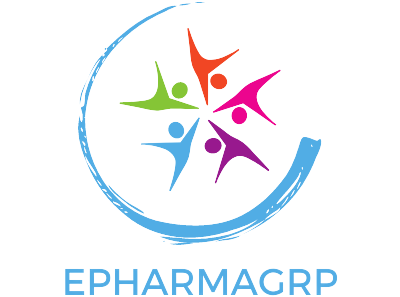Synthesis Strategies and Pharmacological Insights into Dimethyltryptamine (DMT)
Introduction:
Synthesis Dimethyltryptamine (DMT), a naturally occurring tryptamine derivative, has captured the interest of scientists, psychonauts, and spiritual seekers alike due to its profound psychoactive effects and potential therapeutic applications. Despite its classification as a Schedule I controlled substance in many jurisdictions, research into its synthesis, pharmacology, and therapeutic potential continues to expand, revealing intriguing insights into its molecular mechanisms and physiological effects.
Synthesis Methods and Precursors:
The synthesis of DMT encompasses multiple routes, with the most common approach involving the condensation of tryptamine with N,N-dimethylformamide dimethyl acetal (DMF-DMA) or methyl iodide. Other methods, such as the reduction of indole-3-acetic acid or the decarboxylation of tryptamine derivatives, have also been explored to access DMT. Precursors for DMT synthesis are readily available from both natural sources and chemical suppliers, contributing to its accessibility for research and illicit production.
Chemical Structure and Pharmacological Targets:
DMT’s molecular structure, characterized by an indole ring fused to a dimethylamine side chain, confers unique pharmacological properties that distinguish it from other psychedelics. Its affinity for serotonin receptors, particularly the 5-HT2A subtype, underlies its hallucinogenic effects and alteration of consciousness. Additionally, DMT exhibits partial agonism at other serotonin receptor subtypes and interacts with trace amine-associated receptors (TAARs), suggesting a multifaceted mode of action within the central nervous system.
Psychoactive Effects and Therapeutic Potential:
The psychoactive effects of DMT, often described as intense and immersive, encompass visual hallucinations, altered perception of time and space, and mystical or spiritual experiences. While recreational use of DMT remains prevalent within certain subcultures, research into its therapeutic potential for mental health conditions such as depression, anxiety, and substance use disorders is gaining traction. Clinical trials exploring the safety and efficacy of DMT-assisted psychotherapy are underway, offering hope for novel treatment modalities grounded in psychedelic-assisted therapy.
Regulatory Considerations and Ethical Concerns:
The legal status of DMT varies globally, with some countries permitting religious or ceremonial use within specific cultural contexts, while others strictly prohibit its possession and distribution. Ethical considerations surrounding research into DMT’s therapeutic potential encompass issues of participant safety, informed consent, and cultural sensitivity. Balancing scientific inquiry with respect for indigenous knowledge and traditional practices is essential for advancing psychedelic research in an ethical and socially responsible manner.
Future Directions and Challenges:
As interest in DMT’s therapeutic potential continues to grow, addressing regulatory barriers, research funding limitations, and stigma surrounding psychedelic substances remains paramount. Collaborative efforts among researchers, policymakers, and community stakeholders are needed to navigate these challenges and unlock the full therapeutic promise of DMT and other psychedelics. By fostering an inclusive and evidence-based approach to psychedelic research and regulation, society can harness the transformative potential of these substances to improve mental health outcomes and promote holistic well-being.
